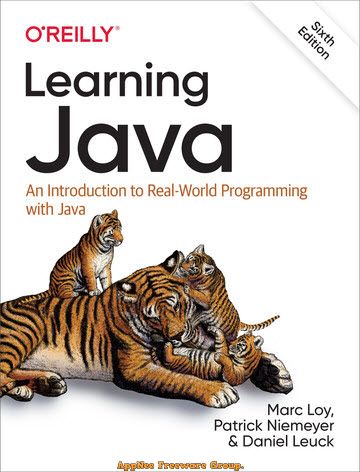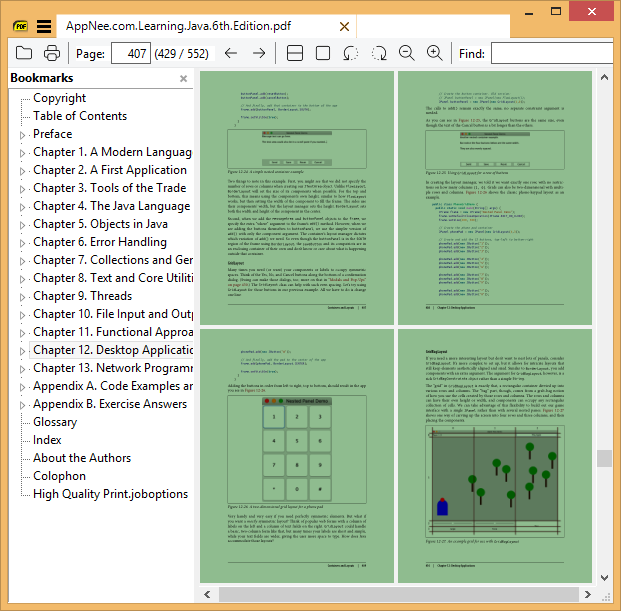
Learning Java is a comprehensive guide for individuals who are interested in mastering the Java programming language. It contains the latest advancements and best practices in the field of Java programming. It is designed to cater to both beginners and experienced programmers, providing a solid foundation for those who are new to the language and offering advanced techniques for those who are looking to enhance their skills.
Learning Java begins with an introduction to the Java programming language, its history, and its significance in the world of software development. It then delves into the fundamentals of Java, including variables, data types, operators, and control structures. These foundational concepts are explained in a clear and concise manner, making it easy for readers to grasp the basics of the language.
As the reader progresses through the book, they are introduced to more advanced topics such as object-oriented programming, inheritance, polymorphism, and exception handling. These concepts are essential for building robust and scalable applications, and the book provides numerous examples and exercises to help readers understand and apply these concepts in their own projects.
Learning Java focuses on practical applications. The book includes numerous real-world examples and case studies, demonstrating how Java can be used to solve a variety of problems across different domains. This hands-on approach not only helps readers understand the concepts better, but also prepares them to tackle real-world programming challenges. Besides, it also covers the modern Java features and frameworks. This includes detailed explanations of Java features, such as lambda expressions, streams, and the module system. It also covers popular Java frameworks like Spring, Hibernate, and JavaFX, providing readers with a comprehensive understanding of the Java ecosystem.
In addition to the core Java concepts, Learning Java also covers essential topics such as debugging, testing, and performance optimization. These topics are crucial for building high-quality, efficient, and maintainable software, and the book provides valuable insights and best practices for each of these areas. Lastly, this book includes a wealth of supplementary materials, such as exercises, quizzes, and programming projects, to help readers reinforce their understanding of the concepts and apply them in practice.
In conclusion, Learning Java is an indispensable resource for anyone looking to learn or enhance their skills in Java programming. With its comprehensive coverage of the Java language, practical examples, and focus on modern Java features and frameworks, this book is an excellent guide for both beginners and experienced programmers alike. After reading this book and applying its lessons in practice, readers will be well-equipped to build robust, scalable, and efficient Java applications that meet the demands of today's software development landscape.

Table Of Contents
- Chapter 1. A Modern Language
- Chapter 2. A First Application
- Chapter 3. Tools of the Trade
- Chapter 4. The Java Language
- Chapter 5. Objects in Java
- Chapter 6. Error Handling
- Chapter 7. Collections and Generics
- Chapter 8. Text and Core Utilities
- Chapter 9. Threads
- Chapter 10. File Input and Output
- Chapter 11. Functional Approaches in Java
- Chapter 12. Desktop Applications
- Chapter 13. Network Programming in Java
- Appendix A. Code Examples and IntelliJ IDEA
- Appendix B. Exercise Answers
Book Example Codes
Download URLs
| Format | Download | Size |
| Learning Java, 6th Edition | ||
 |
10.7 MB | |
| Learning Java, 5th Edition | ||
| reserved | 14.1 MB | |